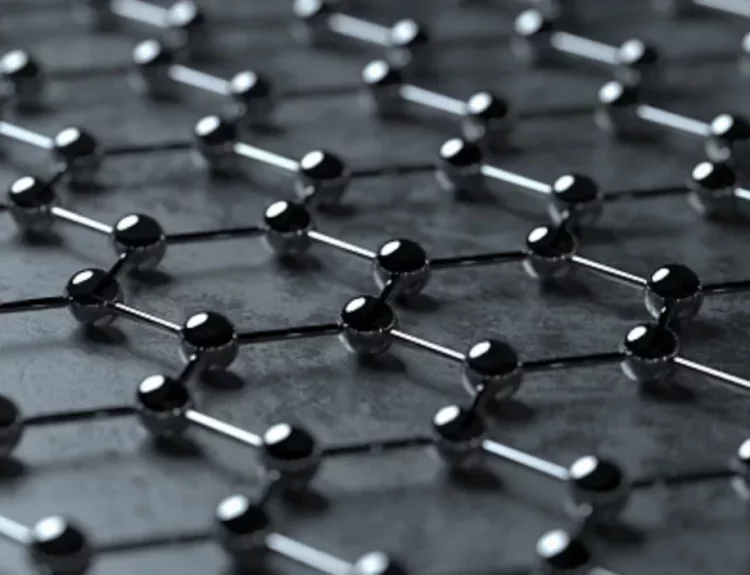Circuit boards are the backbone of all electronic devices, from smartphones to computers. The platforms connect different components, allowing electricity to flow and the device to function. Traditionally, these circuit boards are made using materials like copper, which are effective but can be heavy and rigid. Recently, graphene conductive sheets have emerged as a promising alternative to make circuit boards lighter, thinner, and more efficient.
What Are Graphene Conductive Sheets?
Graphene is a solid material yet extraordinarily light and flexible. Its single layer of carbon atoms is arranged in a honeycomb-like pattern. Graphene sheets can conduct electricity well, making them excellent for electronic applications. When these sheets are used in circuit boards, they offer advantages over traditional materials like copper.
Genuine Graphene conductive sheet suppliers list:
Why Use Graphene Conductive Sheets in Circuit Boards?
- Lightweight: Graphene is much lighter than copper, so when it is used in circuit boards, the board’s overall weight is reduced. This is beneficial for electronic devices that need to be portable, like laptops, tablets, and smartphones.
- Flexibility: Not like traditional circuit boards, which are usually rigid, graphene conductive sheets are flexible. This allows for creating bendable circuit boards that can be used in flexible and foldable electronic devices.
- High Conductivity: Graphene sheets conduct electricity well, if not better, than copper. This means they can efficiently carry the electric signals needed for devices to operate without adding extra bulk.
- Thin and Compact: Graphene sheets are incredibly thin—just one atom thick! This means circuit boards with graphene can be much thinner than traditional ones. This thinness allows manufacturers to create smaller and more compact devices.
Applications of Graphene Conductive Sheets in Circuit Boards
Graphene conductive sheets are being used in various types of circuit boards, bringing several benefits to different electronic products:
- Portable Devices: Smartphones and circuit boards with graphene allow for tinier designs without compromising performance.
- Wearable Technology: Smartwatches and fitness trackers often require flexible and lightweight circuit boards. Graphene’s flexibility makes it an ideal choice, making these devices more comfortable to wear and durable.
- Flexible Displays: Graphene conductive sheets are also used in the circuit boards of foldable and flexible displays, such as those in advanced smartphones. The flexibility of graphene ensures that these boards can bend without breaking, allowing for more innovative and adaptable technology.
Future Possibilities
The use of graphene in lightweight circuit boards is still developing, but it has tremendous potential for future electronic products:
- More Intelligent, Smaller Devices: As graphene technology improves, we can expect even smaller, more powerful portable devices with advanced features.
- Energy Efficiency: Graphene’s excellent conductivity means that less energy is lost during signal transmission, which could lead to longer battery life for devices using these circuit boards.
- Sustainable Electronics: Graphene is more environmentally friendly than traditional metals used in electronics. Using graphene could reduce the overall environmental impact of electronic manufacturing.
Conclusion
Graphene conductive sheets are revolutionizing the design and production of lightweight circuit boards. By offering flexibility, high conductivity, and reduced weight, graphene-based circuit boards are paving the way for the next generation of electronics. As research and technology continue to advance, graphene-based circuit boards may become a standard component in many modern electronic devices, making them lighter, more efficient, and more adaptable.







